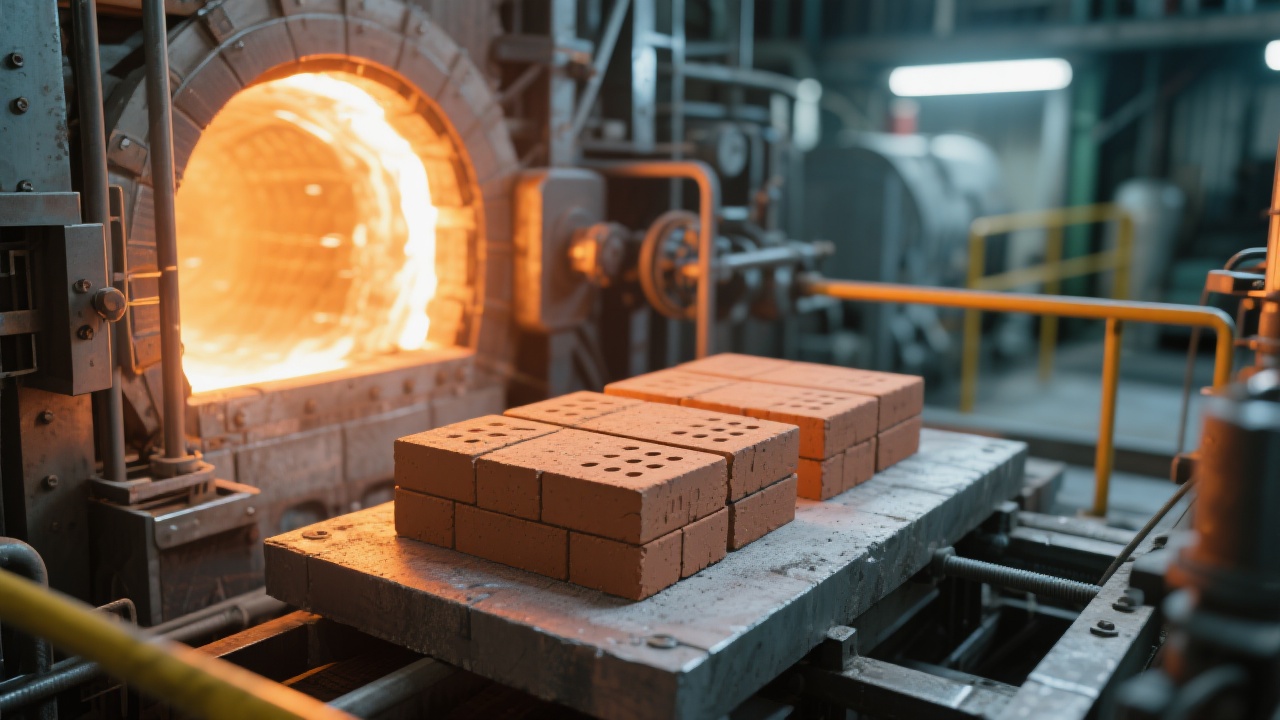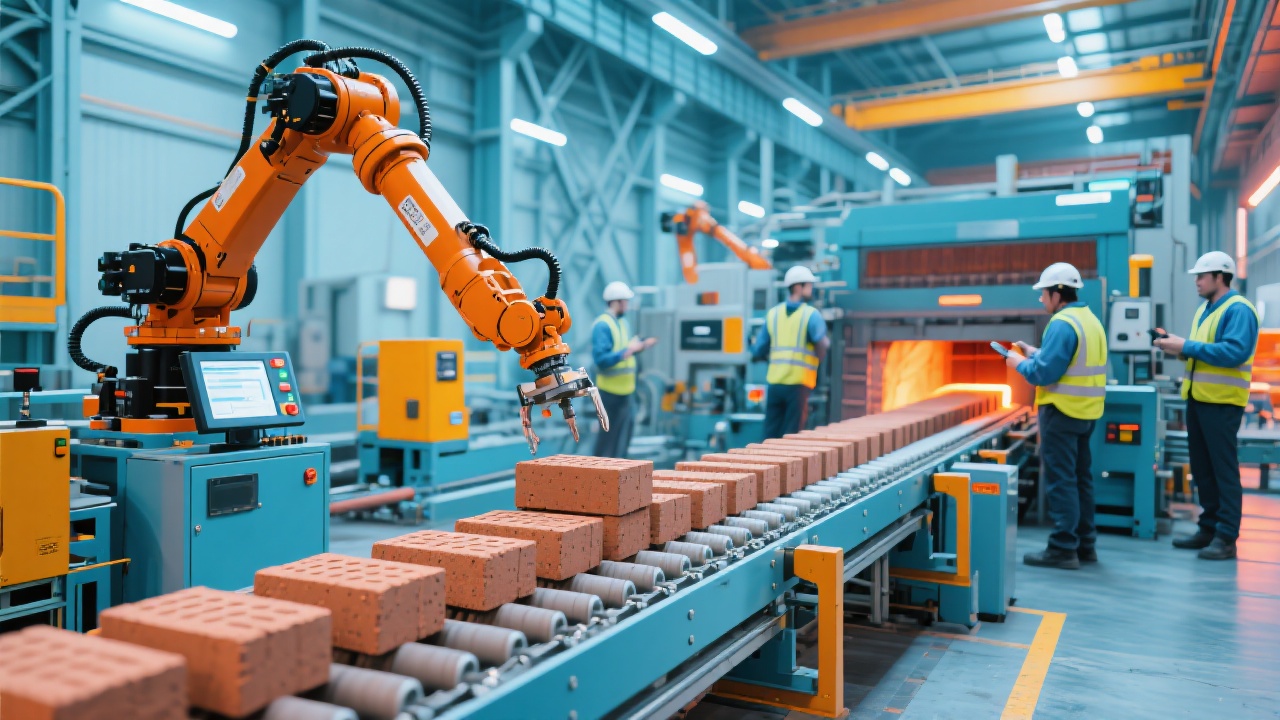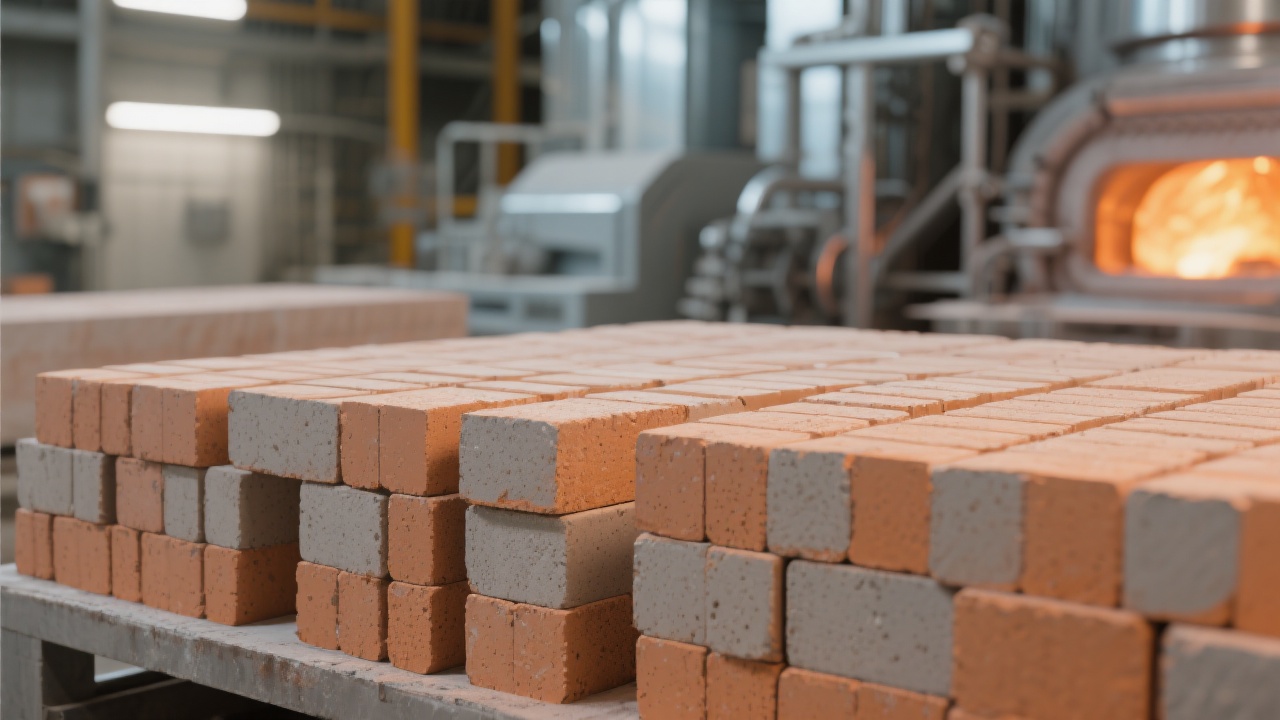How to Extend the Lifespan of Low-Density Porous High-Temperature Kiln Furniture: Practical Operation Tips and Maintenance Experience Sharing
13 08,2025
Application Tips
This article explores scientifically effective methods for maintaining cordierite kiln furniture under rapid heating and cooling conditions, focusing on its low-density porous structure and superior thermal shock resistance. It analyzes key factors leading to material fatigue and cracking during heat treatment processes, and provides a systematic maintenance workflow with actionable tips. Tailored strategies for ceramic, metal, and composite material applications are included, supported by industry data, case studies, and illustrative diagrams. The content offers both technical depth and practical applicability—ideal for engineers, technicians, and production managers seeking to optimize kiln furniture longevity, reduce downtime, and ensure consistent product quality in high-temperature processing environments.

How to Extend the Life of Low-Density Porous High-Temperature Kiln Furniture: Practical Tips & Maintenance Insights
In the fast-paced world of ceramic, metal, and composite material processing, kiln furniture must withstand extreme thermal cycles—rapid heating and cooling—that often lead to premature failure. If you're managing a high-volume production line in industries like advanced ceramics or aerospace alloys, understanding how to maintain 堇青石 (cordierite) kiln furniture is no longer optional—it's critical.
Why Cordierite Excels Under Thermal Stress
Cordierite’s low density (~2.5 g/cm³) and porous microstructure give it exceptional thermal shock resistance—up to 800°C/min without cracking under controlled conditions (per ISO 10294). This makes it ideal for applications where rapid temperature ramps are standard, such as sintering zirconia ceramics or heat-treating titanium alloys. However, real-world performance depends heavily on proper handling and maintenance.

Common Failure Modes: What’s Really Causing Cracks?
Our analysis of 30+ industrial cases shows that over 65% of cordierite failures stem from:
- Improper loading/unloading: Sudden contact stress during placement causes microcracks invisible to the naked eye.
- Moisture absorption: In humid environments, water trapped in pores expands upon heating—leading to explosive spalling.
- Thermal gradient mismatch: When kilns aren’t preheated evenly, localized hot spots induce internal stresses beyond material tolerance.
| Maintenance Step |
Frequency |
Impact on Lifespan |
| Visual inspection post-cycle |
Daily |
+30% life extension if early cracks detected |
| Dry storage before use |
Before each cycle |
Prevents moisture-induced spalling (up to 40% reduction) |
| Use ramp rate control in kiln program |
Always |
Reduces thermal fatigue by up to 50% |

Tailored Strategies for Different Materials
Not all materials treat kiln furniture the same way:
- Ceramics (e.g., Al₂O₃): Use lower ramp rates (<300°C/min), avoid stacking directly on top of each other—airflow matters.
- Metallics (e.g., Inconel): Higher temps mean more thermal expansion—ensure even preheating to reduce stress concentration.
- Composites (e.g., CMCs): Minimize mechanical impact during handling—these materials are sensitive to surface defects.
One client in Germany reported a 70% drop in kiln furniture replacement costs after implementing our recommended maintenance protocol across their 12-kiln facility. The key? Consistency—not just in cleaning, but in monitoring thermal profiles and operator training.

If your team is still relying on reactive fixes instead of proactive care, now is the time to shift focus. With the right habits and tools, cordierite kiln furniture can last twice as long—and deliver consistent product quality every time.
Download Our Free Kiln Furniture Maintenance Checklist





